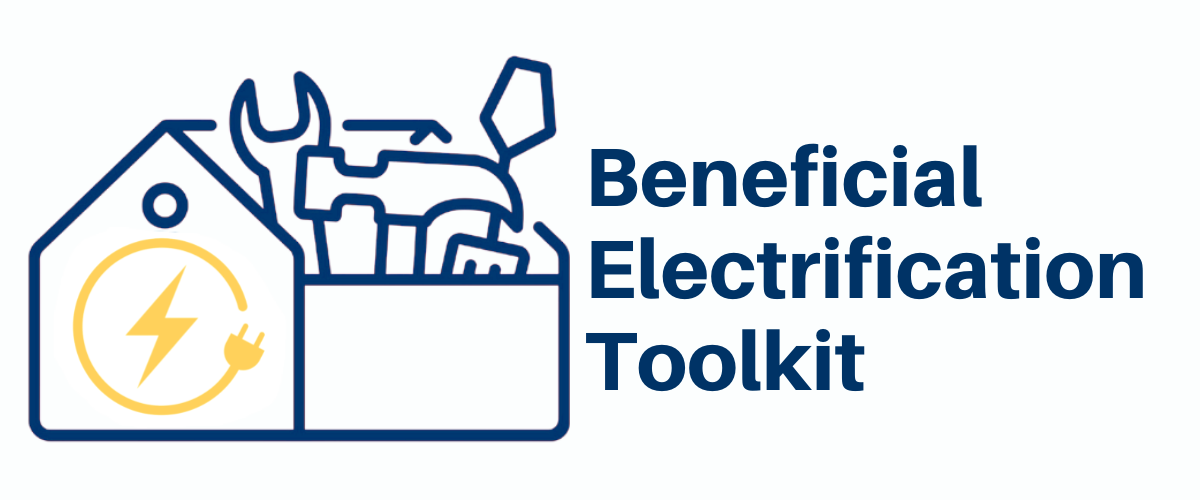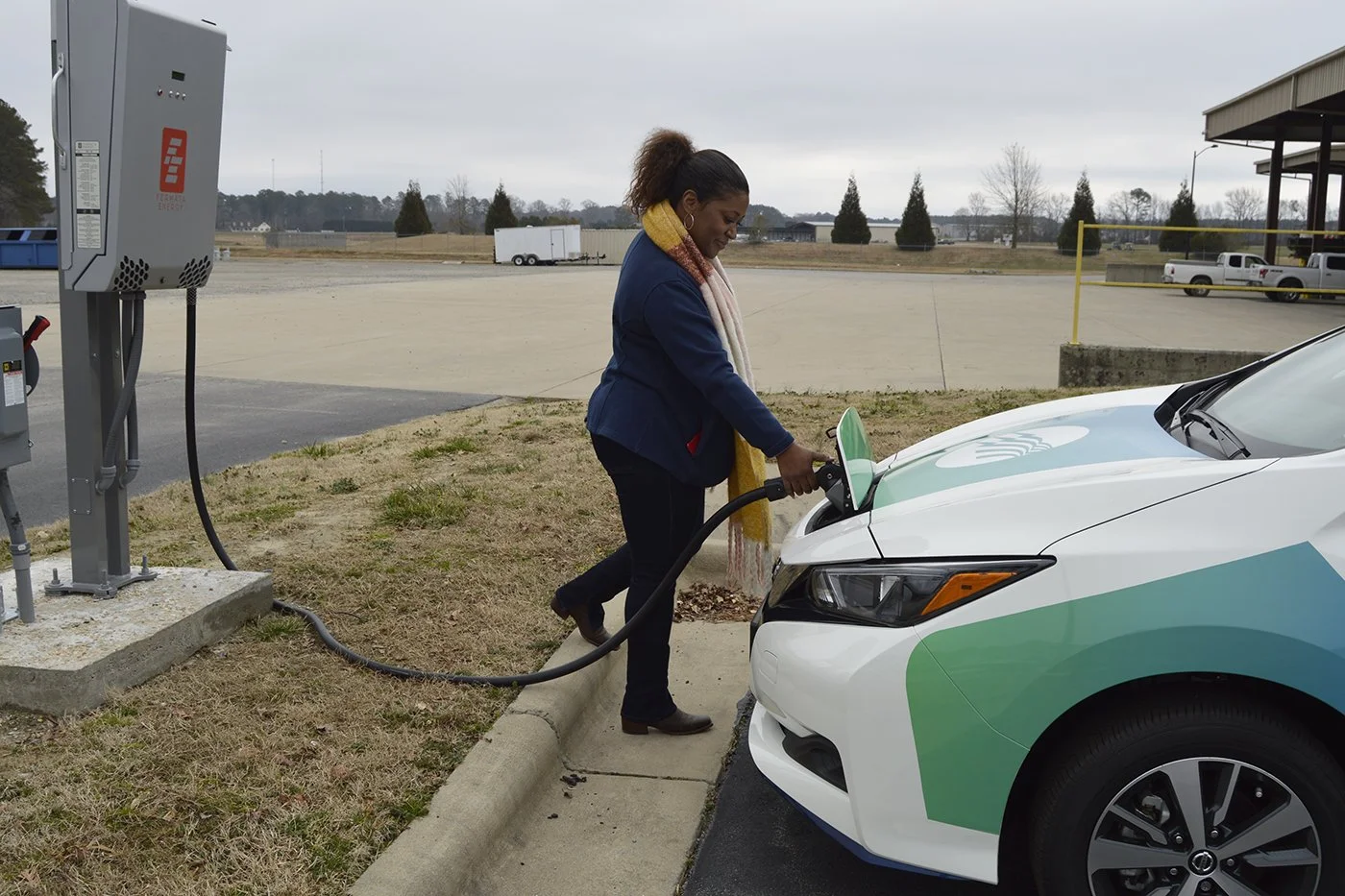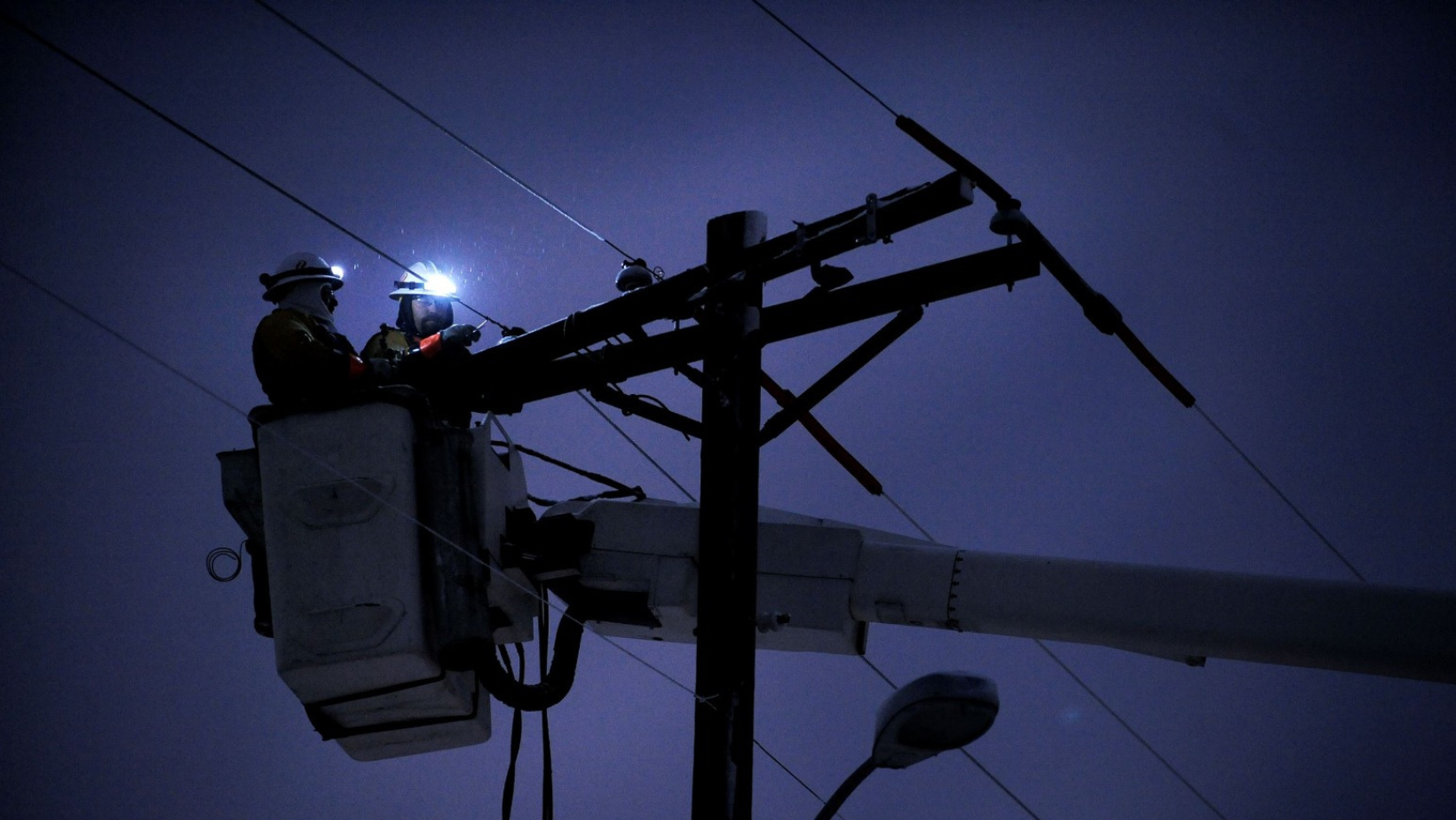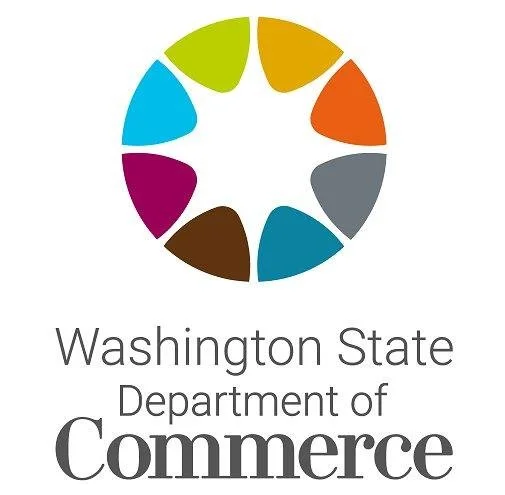Case Studies
Battery Storage Case Studies
Storage In Rural America
As stationary and mobile battery storage become more attractive to utilities and customers alike, utilities can learn from one another and see what has already been accomplished.
Holy Cross Energy, Colorado
In Colorado, Holy Cross Energy has received $11 million in zero interest loan capital through the USDA’s Rural Energy Savings Program (RESP) for its Power+ program. Holy Cross Energy offers customers the opportunity to install a home battery system while also maintaining the ability to pull from the residential batteries when needed. Launched in 2020, the Power+ program has spent $5 million to finance the purchase and installation of approximately 500 batteries.
Holy Cross Energy offers two pathways for residential customers to install batteries at home.
Power+ On-Bill Program: Zero upfront cost for purchase and installation of a battery system that can lower overall energy costs in exchange for monthly on-bill payments. Holy Cross’ co-op’s members are able to use on-bill financing through the utility, which is supported by the RESP funding. This means participants can pay back their investment on their monthly power bill. The member will own the battery system after ten years. Incredibly, the customer’s repayment does not include interest or additional fees.
Power+ Flex Program: Full upfront cost after using a $2,500 rebate for the purchase and installation of a battery system which is owned by the member by the end of the installation year. When customers choose to pay back their Power+ battery system early, they can potentially qualify for significant federal and state tax credits.
La Plata Electric Association, Colorado
In 2021, La Plata Electric Association (LPEA) and the Durango School District invested in the state’s first rural electric school bus service. “The payback of installing this vehicle-to-grid is compelling,” said Dominic May, the energy resource program architect at LPEA. “School buses charge very nicely off-peak. The timing works well with school buses because it avoids the evening peaks, and midday charging sessions also get maximum solar. Furthermore, charging these electric buses only uses one-eighth of the cost of diesel. By installing this grid, LPEA will inevitably make money back each year.”
“V2G installations are the future because they enable our grid to operate with a higher degree of flexibility,” said LPEA CEO Jessica Matlock. “This technology will enable big cost savings by allowing LPEA to avoid the purchase of expensive on-peak power while aligning the charging of the bus with times of less expensive renewable generation.”
Roanoke Electric Cooperative, Virginia
V2G Pilot Project. Photo credit: Roanoke Electric Cooperative
Roanoke Electric is piloting V2G technology as a mobile battery storage opportunity. Roanoke plans to use their pilot as a test case in demand response.
“An important load-growth strategy for us is the creation of an electric vehicle program,” says Marshall Cherry, CEO and President of Roanoke Electric Co-op. “We found that the annual monetary value generated by this service was about $3,600 per charger,” said Cherry. “This money could offset a loan or lease payment for an EV and support a business case for our members to own EVs. In this way, V2G presents a potential opportunity for Roanoke Electric to support social equity and equal access to EVs.” When interviewed about the project, Curtis Wynn, the former board president of the National Rural Electric Cooperatives Association (NRECA) stated, “With a bidirectional charger, electricity stored in an electric vehicle’s battery can further Roanoke Electric Cooperative’s efforts to operate a more efficient electrical system – similar to the way the 2,000-plus smart thermostats and water heater controls are currently doing.”
Green Mountain Power, Vermont
In 2016, Green Mountain Power (GMP) of Vermont announced it would begin the Grid Transformation Pilot, which would seek to encourage the installation of home battery storage for as many customers as possible. Since its inception, GMP has brought on over 2,500 batteries through its lease model.
In the agreement, customers can choose to lease two Tesla Powerwalls batteries for 10 years at a monthly rate of $55 per month or a one-time payment of $5,500. Customers can also choose to ‘bring their own device’ and are provided a one-time incentive payment of $850 per kilowatt for three hours of discharge, maxed at $10,500 from GMP. Incentive payment per kilowatt increase when customers opt to share more hours of discharge or are located in areas that are particularly under-served.
The goal for GMP is to increase overall grid reliability and save customers money. GMP is able to leverage this residential backup during times of peak demand when it would be charged more by grid operator ISO New England. GMP has been proactive with its marketing and program development leading to a successful utility program. With the combined home batteries and utility-scale batteries, GMP has saved as much as $600,000 in one instance by utilizing energy storage.
Powering Democracy
The Vermont State House opted to replace its 1960s-era backup diesel generator with a 250 kWh battery system. In 2021, a storm knocked out power to Montpelier but the batteries were able to keep critical systems up and running. Governor Phil Scott added, “I know many think clean energy must be more expensive, but the work done today shows not only can we reduce carbon emissions, but if we are strategic, we can also save money in the process”.
Solar Plus Storage For Resilient Communities, Washington
In 2023, Washington State’s Department of Commerce launched the Solar Plus Storage for Resilient Community grant program. This grant is intended to enable utilities, municipalities, nonprofits, tribes and businesses to assist their rural and remote communities during grid interruptions.
Since its launch, the program has released millions in grant funding for solar and battery storage projects that will support overburdened people relying on community centers in rural areas of the state. Grant awardees like the Tulalip Tribes, served by Snohomish PUD, or the Christian Aid Center of Walla Walla, served by Pacific Power, are seeking to fortify their housing services serving vulnerable community members who have little recourse during power outages. Maintaining space conditioned shelter, plug loads and refrigeration during these events, likely caused by extreme weather, is paramount for the organizations and their local emergency management offices.
“Power outages impact everyone differently — some of our most vulnerable community members face significant risks when the power goes out. These investments in solar power with battery back-up systems will help people receive the services they need most — whether that’s heating or cooling, medical care, or keeping devices charged so they can communicate and stay informed,” Said Washington State Department of Commerce Director Mike Fong.
Commerce followed up this program in 2024 with an additional $167 million to similarly support projects seeking to support vulnerable communities with solar and battery projects. These projects showcase the broad interest of rural community partners and the opportunity for utilities to help lead as collaborators for these backup power projects.
Additional Resources
Holy Cross Energy: Power+ Program
La Plata Electric Association: Durango School District 9-R and LPEA launch Colorado’s first vehicle-to-grid enabled electric school bus
Roanoke Electric Cooperative: Electric Vehicle Program Design to Unlock Savings for Cooperative Members
Cooperative.com: ‘Proving the Concept’: Roanoke Electric Tests Innovative EV-to-Grid Charger
Washington Department of Commerce: Solar Plus Storage for Resilient Community
The Reflector: Cowlitz Tribe, others receive more than $1.2 million in energy grants






